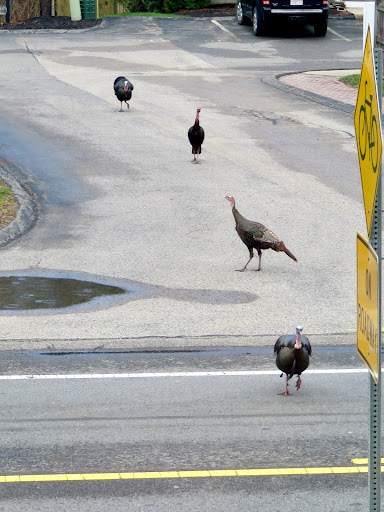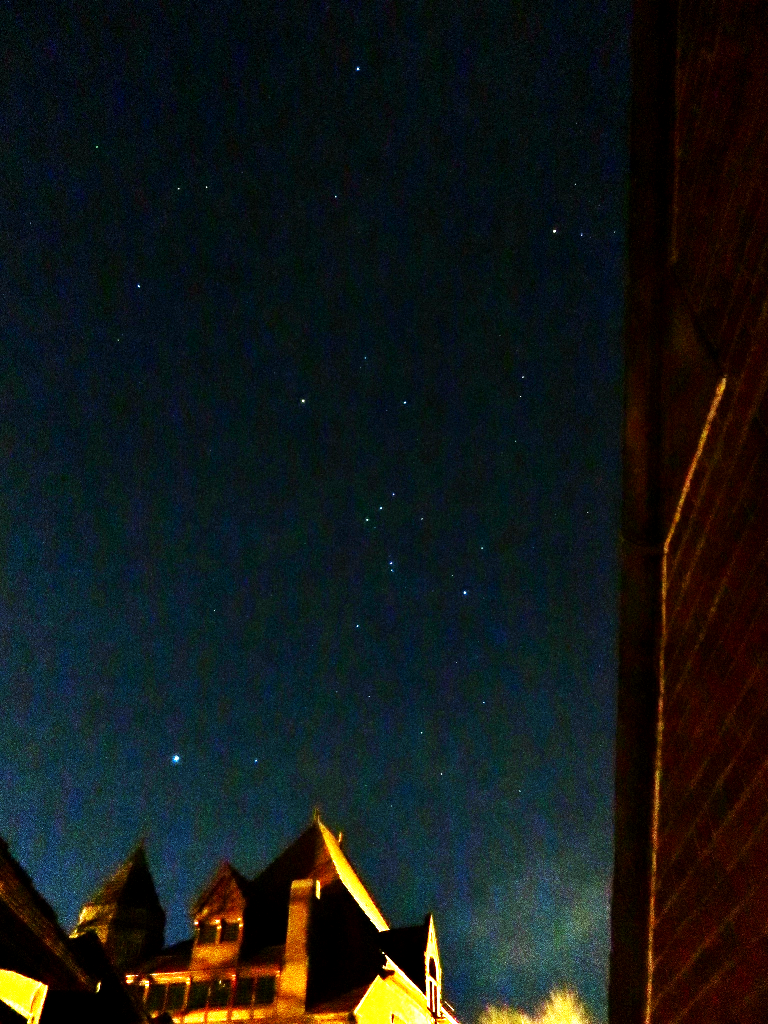A Glimpse of Nature - Flowers for Dinner
Yesterday, as I did a quick inspection of the library’s grounds, the movements of a gray squirrel drew my attention. The animal was at a distance, in a tree on the opposite bank of our neighbor’s pond.
53 Main Street, Easton, MA 02356 | Phone: 508-238-2000
Yesterday, as I did a quick inspection of the library’s grounds, the movements of a gray squirrel drew my attention. The animal was at a distance, in a tree on the opposite bank of our neighbor’s pond.
We’ve all heard the proverb, “April showers bring May flowers.” Well, it’s mid April, and the “mayflowers” have already begun to bloom. I am referring to a particular flower, the species Epigaea repens, commonly known as trailing arbutus or mayflower. This early-blooming species is a lovely, but humble, shrub that grows only a few inches tall as it creeps along the forest floor.

This week, the Ames Free Library is launching a home gardening project for all its patrons. We are giving away vegetable and flower seeds obtained through the University of Rhode Island and encouraging patrons to share their results with the library.

Yesterday, as I was writing, I looked up to see this view:

For the past two weeks, we’ve concentrated on “firsts” – the first observation of a natural phenomena in its annual cycle. This is only reasonable, for the appearance of something new draws attention. More effort is required to notice “lasts” – the last cricket to sing in fall, the last hummingbird to migrate, the last aster to bloom. On March 17, I noticed the end of a cycle that I’ve been photographing for months, the life of burdock.
You already know this plant, if not its name or natural history. It is the plant with burs!
March 18, 2022.
Announcement!
I will be offering “Trees in Early Spring” on Monday, March 21 at 2:30. This 1-hour nature walk around the library’s property will provide guidance and practice in tree identification. Learn some interesting facts about our local trees and develop skills to wow your friends.
This program is suitable for adults and kids aged 10 and older.
March 11, 2022
The first week of our “Nature’s Rhythms” activity will end at midnight. Thanks to everyone who has participated. Keep up the good work!
I look forward to long weekend walks when there is adequate daylight and no need to rush. Last Saturday’s excursion at an abandoned cranberry bog didn’t disappoint. The sun was shining, and crusty snow still covered the ground. Animal tracks were everywhere, tracks that had repeatedly melted and froze and were largely indistinguishable. Canine? Rodent? Definitely mammalian. Towards the end of the trek, an unexpected sound caught my attention and made me smile: the song of a male red-winged blackbird, the first I had heard this season. Welcome back!
Winter in New England means short days, cold weather, dormant plants, changes in animal behavior, and snow – yes, more snow! This season also offers a distinctive and very beautiful night sky. I know winter has arrived when Orion reappears in the heavens.

Orion Over Oakes Ames Hall, February 23, 2022
This week started out cold, with single digit mornings in my neighborhood. These low temperatures, in conjunction with some other favorable conditions, created one of my favorite winter phenomena. My first view of the world on Tuesday morning was this:

Window Frost on February 15, 2022